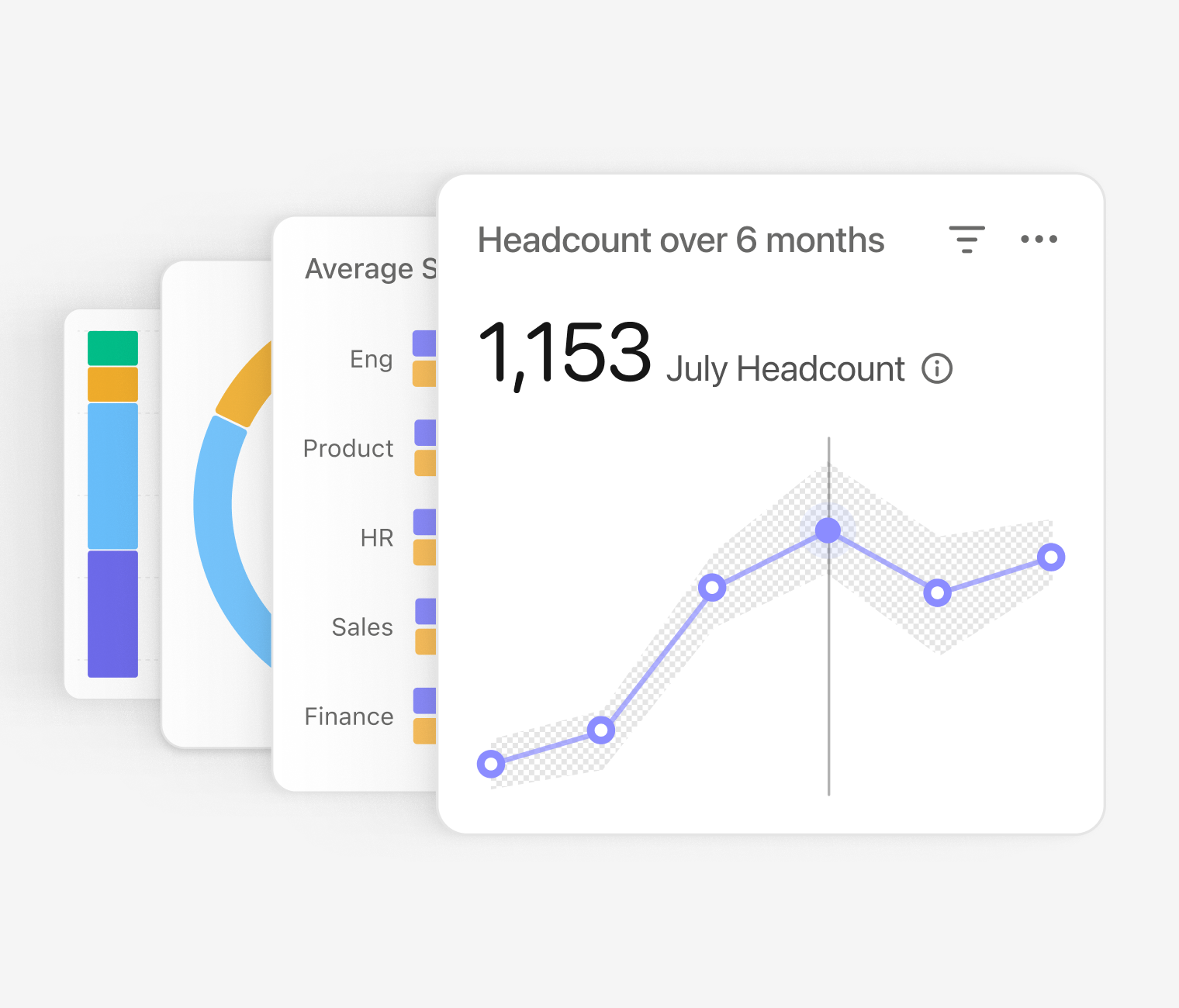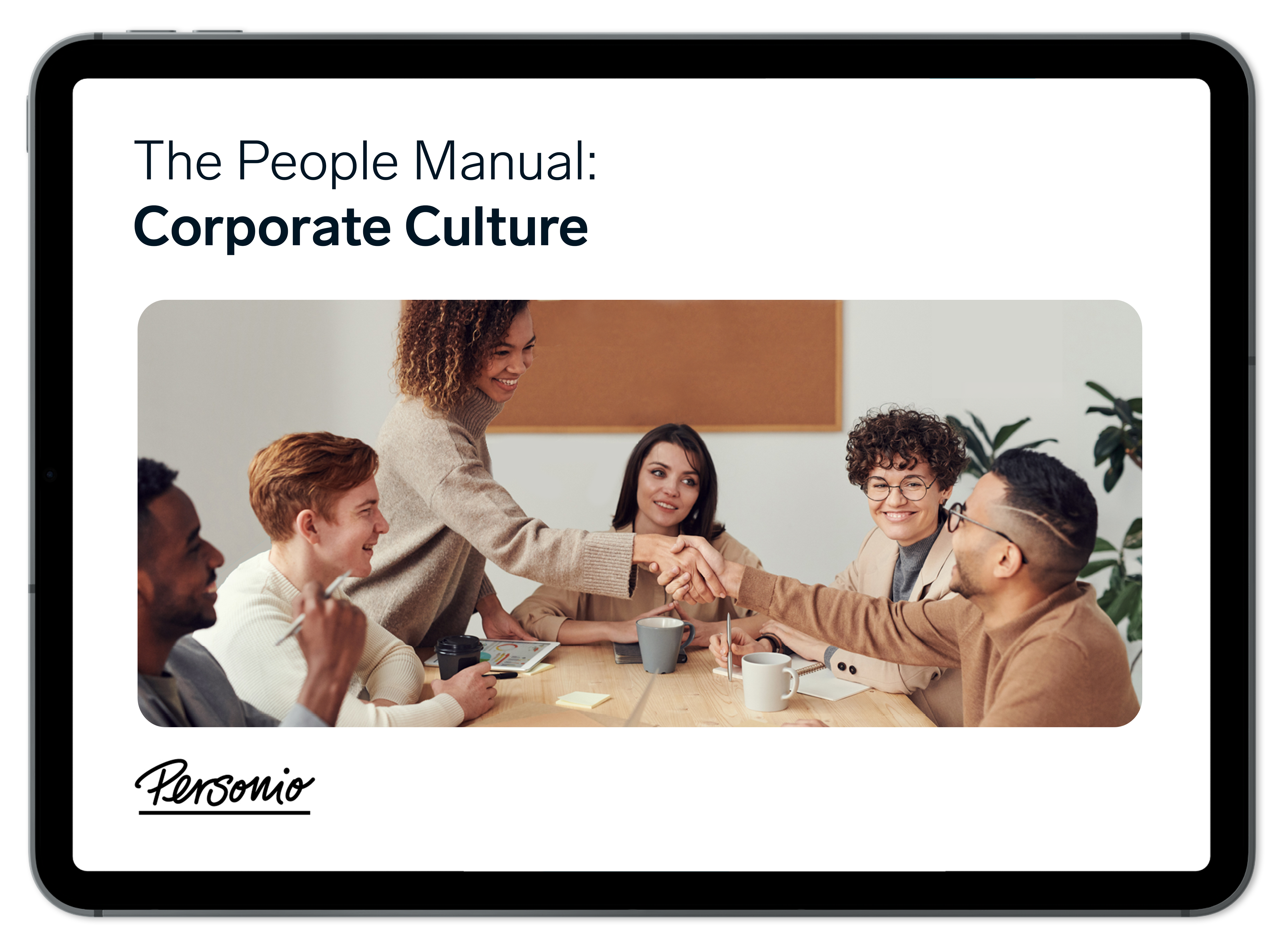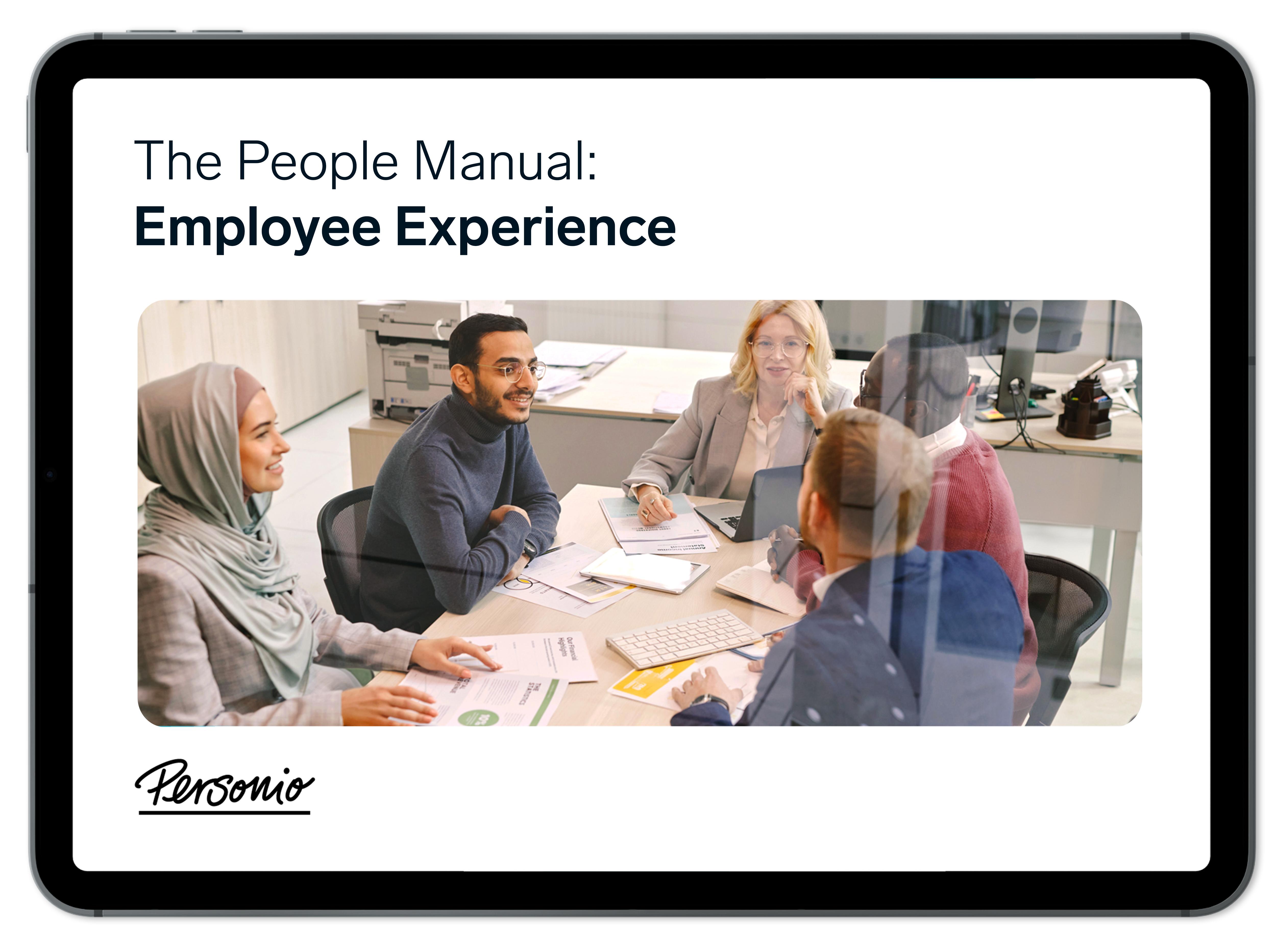Employee Reward & Recognition: Building A Rewarding Programme

Employee reward and recognition programmes are human-centred and strategy-driven. They blend the tangible benefits of rewards with the heartfelt benefits of employee recognition to create a tailored programme.
Looking to create a programme that lifts employees up, emphasises company values, and puts your organisation on the fast track to achieving its goals? Here's our article on employee reward and recognition programmes.
Rewarding your employees is a key element of your people strategy. Download our guide today.What Is Employee Reward And Recognition?
In the workplace, employee reward and recognition are used to identify and boost morale and performance. While the two work perfectly hand-in-hand, they each have a unique make-up and lead to different employee experiences.
Here’s a closer look at the difference between employee reward and recognition:
Recognition | Rewards |
|---|---|
Intangible and usually takes the form of verbal or written praise. It’s more experienced than consumed and has more emotion attached. It’s typically not expected, either, and is personalised to the recipient. | Typically tangible, consumable, and hold economic value. In most cases, this means a pay bonus, pay increase, or gift card. Rewards are usually more impersonal than recognition and are more expected by employees. |
The Business Impact of Employee Reward And Recognition
Now more than ever, employees want a purpose-filled career. They want to feel connected to their team, engaged in their work, and valued by their leaders.
No matter your industry or company size, you’re missing out if you don’t have a reward and recognition programme in place. Because when you acknowledge and celebrate your people, they gain more pride in their work, which leads to company-wide benefits:
A Deeper Team Connection
Implementing a reward and recognition programme helps create a culture of recognition and appreciation within your organisation. It offers the stepping stones to building a more optimistic, collaborative, and creative work environment that attracts like-minded talent.
A Company In Sync
An effective reward and recognition programme is focused on the people but built upon the company’s goals and values. When your programme, goals, and values are tied together, you can create a pathway to your goals while encouraging employee alignment.
Higher Retention Rates
If you want to keep your best performers on board, you don’t necessarily need to increase salaries or break your budget. More than half of employees say they would stay at a job longer if they felt more appreciated by their boss.
Boosted Employee Performance
When it comes to performance, appreciation is a stronger motivator than fear. Eighty-one percent of employees say they work harder when their boss shows them appreciation, rather than when their boss is demanding or when they fear they’ll lose their job.
Enable Data-Led Decisions

Collect and organise important HR insights such as absences, attrition, and more. Generate detailed reports in seconds so you can strategise with confidence.
Unlock detailed HR analytics15 Ideas To Jumpstart A Reward And Recognition Programme
So, how do you build out a reward and recognition programme for your employees? Your programme should be tailored to your company, goals, values, and employees so no program will look exactly the same as another.
However, some best practices can be applied to most programmes, or at a minimum, inspire your next steps:
1. Align Your Programme And Company Values
As a company, you want your employees to not only agree with your values but personify them.
To encourage this, make sure your reward and recognition programme is built to emphasise your company’s core values and encourage employees to align with them.
For example, say one of your core values is creativity. Not only would you want to acknowledge an employee that’s recently demonstrated a creative spirit or solution, but their reward should also encourage further creativity.
You could supply the employee with funds to use for a creative workshop, class, or hobby supplies. If you know your employee well enough, you might be able to provide a gift card to a specific service or shop.
If not, providing the funds and allocating them specifically for the purpose of creative growth gives them the freedom to choose where they spend it.
2. Tie The Programme To Your Company Goals
Clearly and simply lay out specific goals for each department or role so employees know what’s expected of them, how they can reach the goal, and what they receive when they achieve it.
3. Celebrate The Small Things
It’s easy to limit reward and recognition to the big wins, but regular acknowledgement and appreciation can go just as far—if not further. Celebrate employee accomplishments and milestones, no matter their size.
A decade of insights on corporate culture

Download one of our latest People Manuals on the subject of corporate culture and become a subject matter expert today.
Download it today4. Encourage Growth And Development
When employees complete a course or learn a new skill, that’s an opportunity to celebrate their achievement with them and encourage further development. It can also inspire their peers to do the same, creating a more skilled and valuable workforce.
5. Be Spontaneous
Like receiving a gift from a loved one "just because,” acknowledging and celebrating employees when it’s not expected can be extremely impactful.
It’s one thing to reward or recognise employees on their birthday or anniversary, but taking them out on a random Wednesday to show your gratitude and thanks for their work can make them feel appreciated, seen, and motivated.
You never know what someone else is going through, and a simple gesture like this can help a lot, especially if they’re experiencing stress or aren’t feeling engaged with their current work.
6. Implement Social Recognition
Social recognition—or peer-to-peer recognition—instils a sense of camaraderie and a positive culture in the workplace.
While managers and leaders may see the higher-level accomplishments of an employee, their peers see their day-to-day wins and understand their successes on a more personal level.
Although this type of recognition can occur naturally—say, a pat on the back or “good job” after a presentation or project—you should also implement systems for employees to recognise their peers on a more official level.
This could include letting employees nominate their peers for recurring awards or rewards, depending on their department or your goals as a company.
This more democratic approach to employee recognition also helps eliminate any chance of bias since there isn’t a select group of higher-ups awarding and rewarding employees. Instead, everyone’s voice is heard and valued, increasing collaboration and team well-being.
7. Reward Work-Life Balance And Personal Interests
Your employees bring their whole selves to work. If your company prides itself on healthy work-life balance and caring for their employees as people, not just workers, find ways to reward and encourage extracurricular hobbies, interests, and wellness by providing correlating incentives and programmes.
8. Gamify Employee Recognition
Gamification helps increase employee participation and engagement, especially if you’re implementing social recognition. Introduce some healthy competition to the workplace and include leaderboards, scores, awards, and badges on your employee management platform to inspire your team.
9. Provide Performance-Based Awards
While traditional performance awards like bonuses are always appreciated, there are other ways to show employees that you see and value their work.
It could come in the form of a promotion, including them in their department’s decision-making process, or inviting them onto larger projects with more responsibility.
This also speaks to employees’ desires for career progression and demonstrates your trust in their skills.
10. Reward Them With Better Work-Life Balance
Offer employees rewards in the form of time. This could mean them choosing to work a half-day, working remotely, or gaining more paid holiday. While this reward has minimal impact on the company, it can mean a lot to an employee, especially if they’re feeling burnt out.
11. Focus On Inclusion
Recognition also comes in the form of inclusion, which should be practised from day one.
Include employees on the company website, provide them with their own business cards, or feature them on social media, giving them the mic to share their expertise on a topic related to their role.
It will make them feel like a valued and integral part of the business.
12. Keep It Simple
Even something as simple as saying “thanks” through an email, card, or conversation can go a long way, especially when it’s shared in front of peers.
Maybe they had a productive day, helped another team member, or went over and above for a customer. A simple show of gratitude afterwards can cement their sense of accomplishment and end the day off on a high note.
13. Don’t Delay
A late reward or recognition—be it a happy birthday or performance praise—isn’t as impactful as one that’s delivered right away. This is why it’s important to have a rewards programme in place, so you’re not scrambling to think of a way to show your appreciation.
14. Be Consistent
How, when, and why you’re rewarding and recognising an employee should be consistent across the board. This way, employees know what goals they should be trying to achieve and what they’ll receive as a result. It also helps managers flex their acknowledgement muscles until it becomes second nature.
15. Make It Personal
Employees are happiest when they receive personalised recognition from their manager, and 61% would rather receive personal recognition vs. team recognition.
Managers, leaders, and supervisors should put in face-to-face time with their team members, whether it’s during their annual assessments or during a casual coffee date.
Half a decade of insights on employee experience

Our "People Manual" covers all things related to employee experience and developing initiatives that result in more engaged employees. Grab your free copy right now.
Download It TodaySee How We Do It: Reward And Recognition At Personio
As part of Personio’s rewards philosophy, we’ve developed a reward framework that comprises four main elements:
Benefits
Compensation
Environment
Growth
This framework puts our employees’ financial, personal, experiential, and career goals front and centre to provide the rewards they want and need.
This approach has allowed us to differentiate ourselves in the market and attract and retain top talent.
Where Do You Go From Here?
Building an employee reward and recognition programme has to start and end with your employees.
This is why you should kick off your programme creation with an employee survey to gain a better understanding of where your company and employees stand.
We recommend including questions such as:
How aligned do you feel with the company’s values?
How aligned do you feel with the company’s goals?
How often are you recognised or rewarded in your work?
What rewards would you like to receive?
What type of recognition is most impactful to you?
What makes you feel appreciated at work?
What are examples of times where you felt valued and appreciated?

